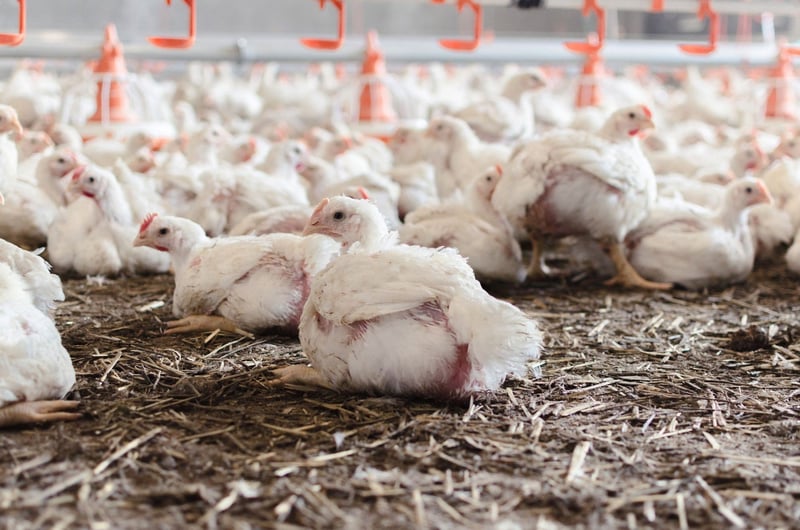
Importance of Farm Animal Welfare for Combating Zoonotic Emergences and AMR (Antimicrobial Resistance)
Blog
Farm animal welfare plays a vital role in sustainable agriculture, public health, and environmental preservation. The treatment of animals raised for food production impacts their well-being and has implications for human health, including the emergence of zoonotic diseases and antimicrobial resistance (AMR). This blog explores the significance of farm animal welfare, its connection to zoonotic diseases and AMR,
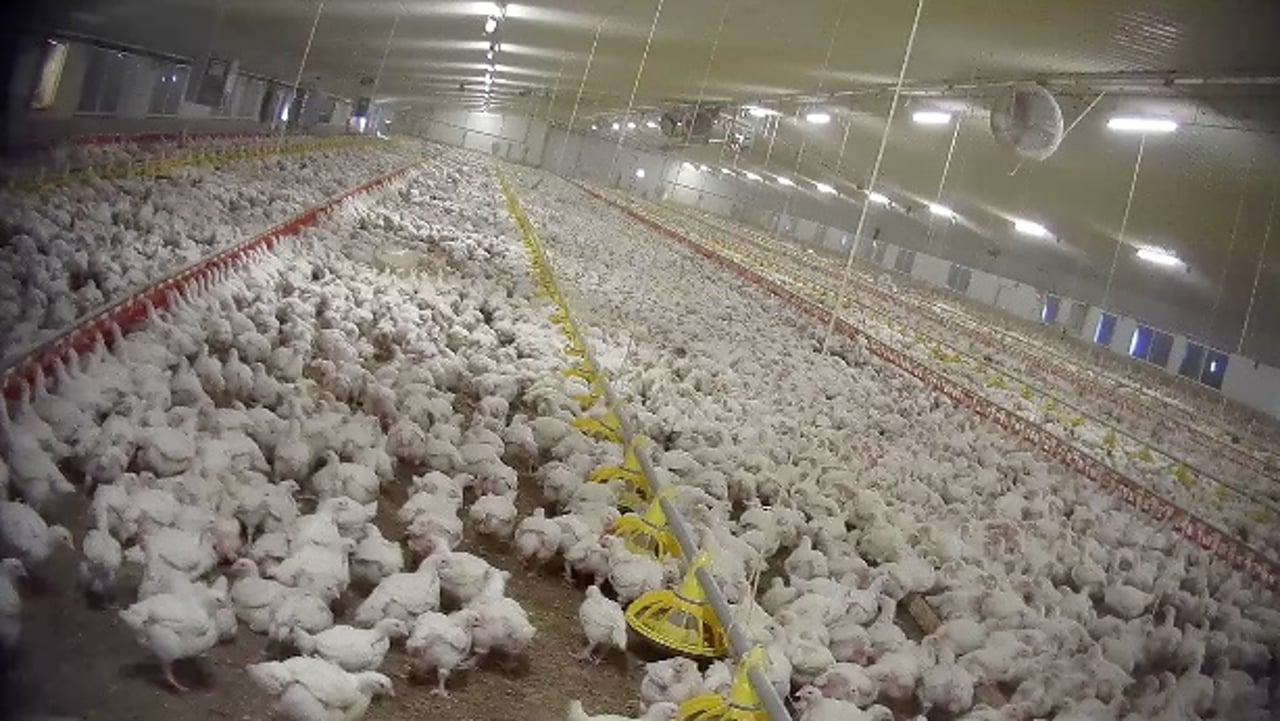
Importance of Farm Animal Welfare for Combating Zoonotic Emergences and AMR (Antimicrobial Resistance)
Introduction: Farm animal welfare plays a vital role in sustainable agriculture, public health, and environmental preservation. The treatment of animals raised for food production impacts their well-being and has implications for human health, including the emergence of zoonotic diseases and antimicrobial resistance (AMR). This blog explores the significance of farm animal welfare, its connection to zoonotic diseases and AMR, and the urgent need to address these issues, drawing upon insights from reports by the Food and Agriculture Organization (FAO), World Health Organization (WHO), and Centres for Disease Control and Prevention (CDC).
Farm Animal Welfare: Farm animal welfare has always been an essential and very important component to reaching the highest level of sustainability. Farm animal welfare encompasses ensuring the physical and mental well-being of animals raised for food production. It includes providing appropriate housing, nutrition, and healthcare, minimizing pain, and eradicating unnecessary suffering, and distress. Prioritizing farm animal welfare is essential not only from an ethical standpoint, but also for promoting sustainable agriculture and environmental conservation.
According to the FAO, the estimated global production of animals raised for food exceeds 80 billion (Ref:1) land animals, primarily consisting of poultry, pigs, and cattle. The promotion of farm animal welfare is crucial for sustainable food production. Animals raised under improved welfare conditions are less susceptible to diseases and create sustainability in the food system.
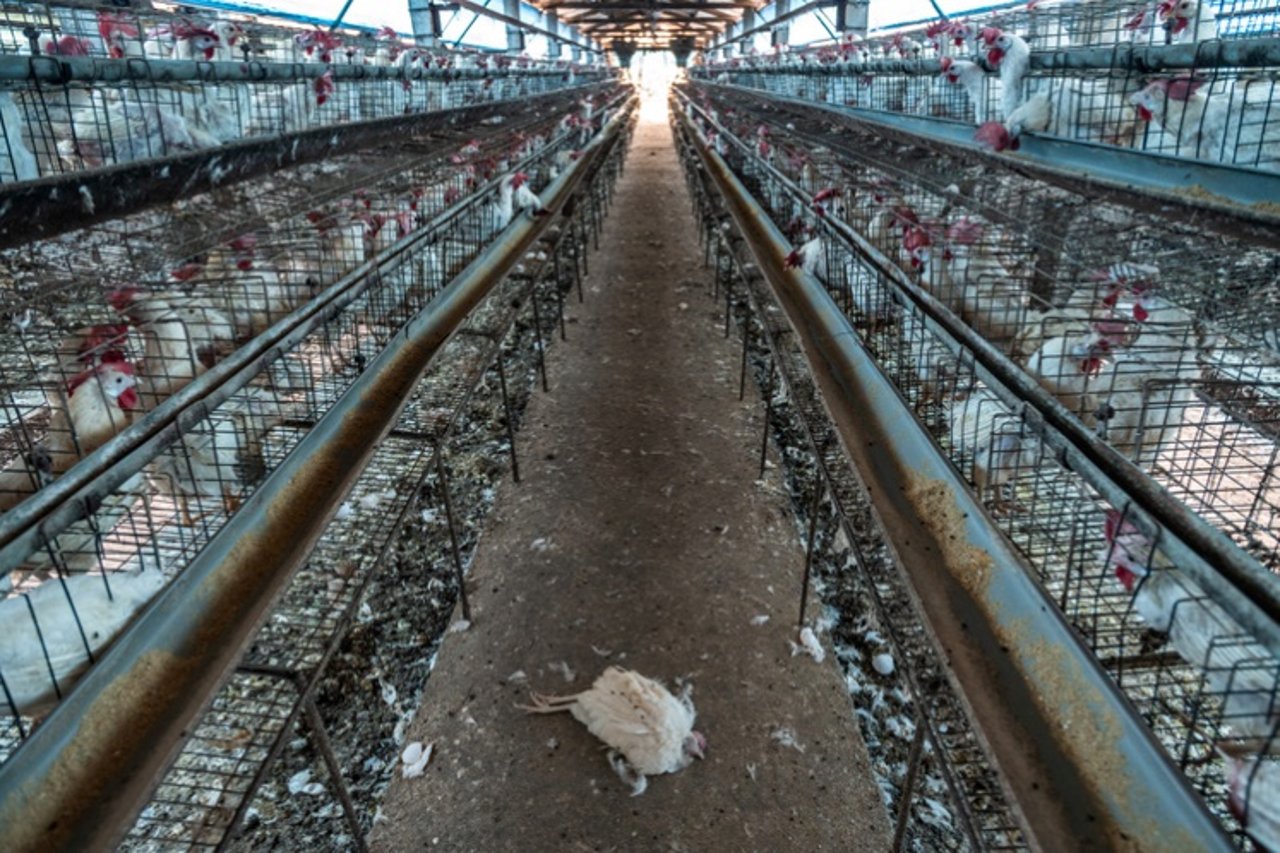
Public Health Impact:
make them more susceptible to infections that can subsequently affect humans while consuming their products. A reasonable metric to measure good animal welfare is the five freedoms of animal welfare as outlined by the Bramwell Commission in 1965. (Ref: 2)
Zoonotic diseases, caused by pathogens transmitted between animals and humans, pose a significant threat to public health. The CDC reports that zoonotic diseases cause an estimated 2.5 billion human illnesses and 2.7 million deaths annually worldwide (Ref: 3). Outbreaks of zoonotic diseases, such as avian influenza, Salmonella, Campylobacter, and many more diseases have been linked to poor farm animal welfare practices. Ensuring better welfare conditions reduces the risk of disease outbreak or transmission.
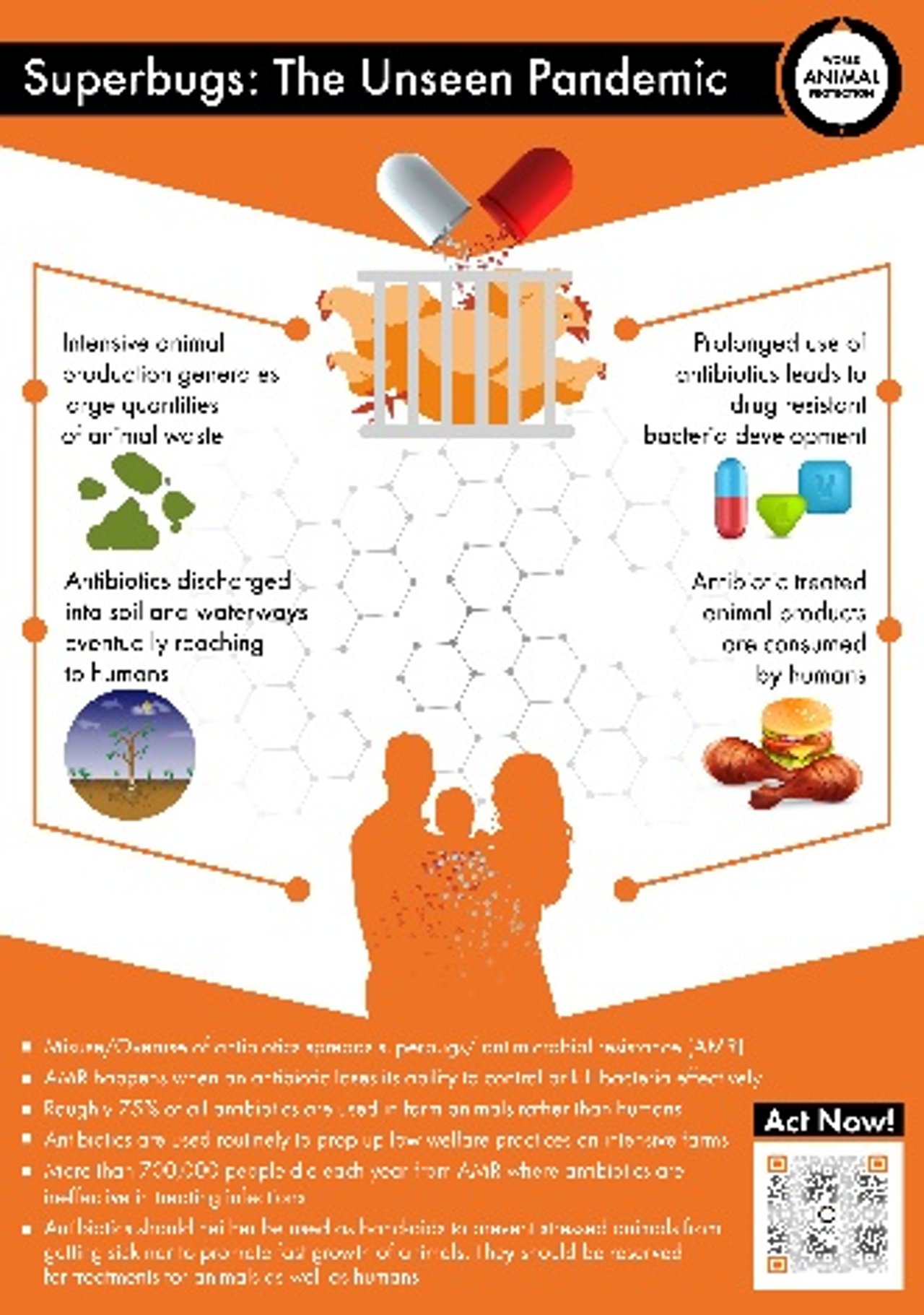
Animal Disease Prevention:
The WHO states that approximately 60% of known infectious diseases and 75% of emerging infectious diseases in humans originate from animals (Ref: 4). High standards of farm animal welfare help reduce disease transmission among animals, minimizing the potential for zoonotic diseases to emerge. Stressful and overcrowded conditions facilitate pathogen spread, necessitating proactive measures to prevent disease outbreaks.
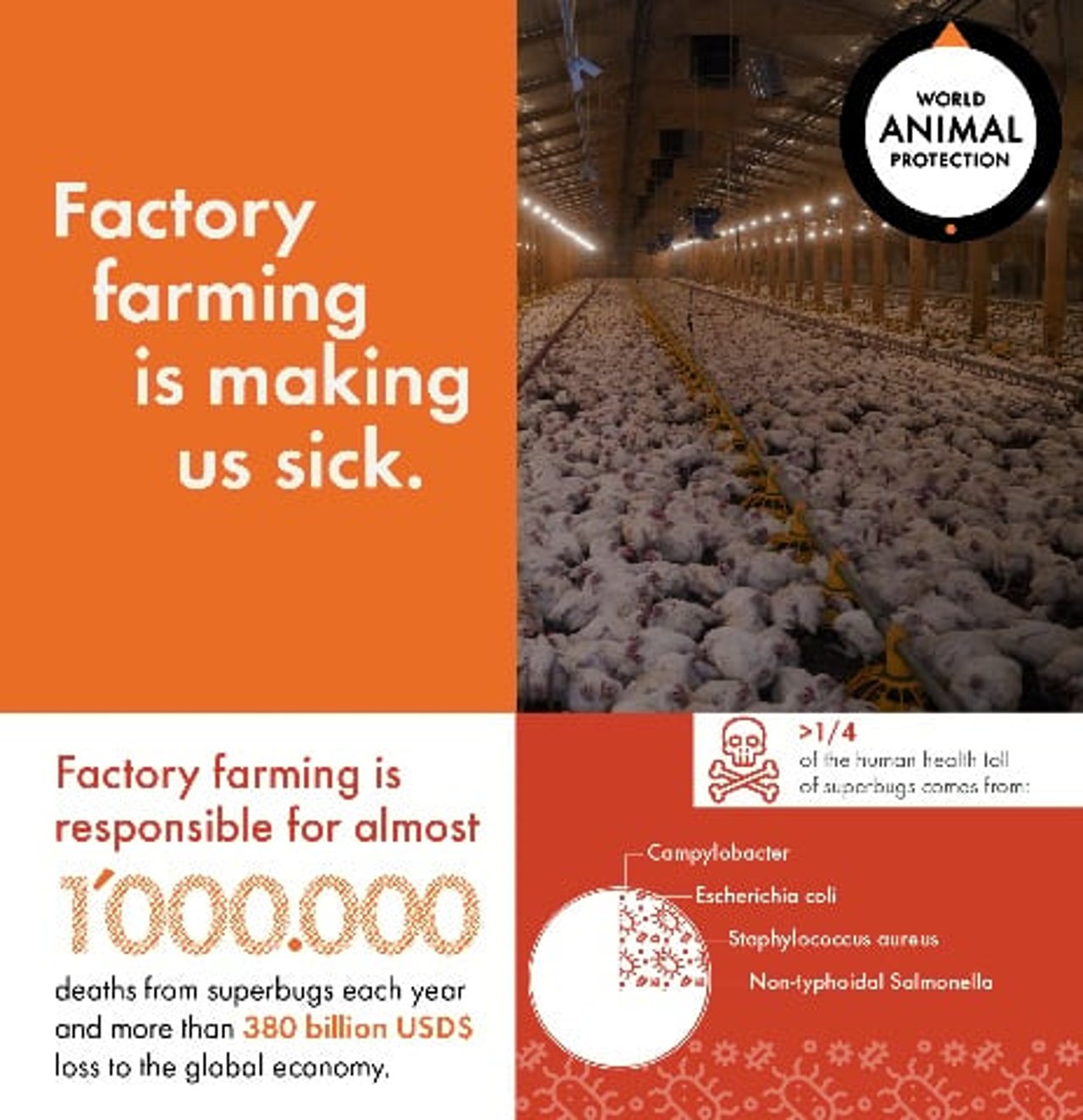
The Connection Between Farmed Animal Welfare and Zoonotic Diseases: Zoonotic diseases, which are illnesses that can be transmitted between animals and humans, pose a significant public health threat. Examples of zoonotic diseases include influenza, Ebola, rabies, salmonellosis, etc. Zoonotic diseases are illnesses caused by infectious agents, such as bacteria, viruses, parasites, and fungi, that can spread between animals and humans. Reports from the CDC, FAO, and WHO highlight the critical link between farm animal welfare and the emergence of zoonotic diseases worldwide.
Intensive Animal Farming: Intensive confinement of animals in factory farms creates an ideal environment for pathogens to thrive, increasing the risk of zoonotic disease transmission. The FAO emphasizes that intensive production systems in animal agriculture are associated with higher disease prevalence. Overcrowding and stressful conditions in poultry farms, for example, have been linked to avian influenza outbreaks.
Wildlife and Livestock Interactions: The encroachment of livestock production into natural habitats increases interactions between livestock and wildlife, raising the risk of disease transmission. The potential spillover of viruses like SARS-CoV-2 from wildlife markets to humans underscores the potential consequences.
Antimicrobial Resistance (AMR) is the global concern
AMR is a global health concern where microorganisms develop resistance to antimicrobial drugs, compromising their effectiveness in treating infections. The misuse and overuse of antibiotics in animal agriculture significantly contribute to the emergence and spread of AMR (Ref: 5).
Antibiotic Use in Animal Agriculture: The routine use of antibiotics for growth promotion and disease prevention in intensive farming promotes the development of drug-resistant bacteria. These bacteria can be transmitted to humans through food, direct contact, or environmental contamination.
According to the WHO, AMR is responsible for an estimated 700,000 deaths annually worldwide. If left unaddressed, it could cause 10 million deaths annually by 2050 (Ref: 6). Agricultural practices, including antibiotic use in livestock, contribute to the problem. The CDC reports that nearly 20% of all antibiotic-resistant infections in the U.S. are linked to agricultural practices (Ref:7).
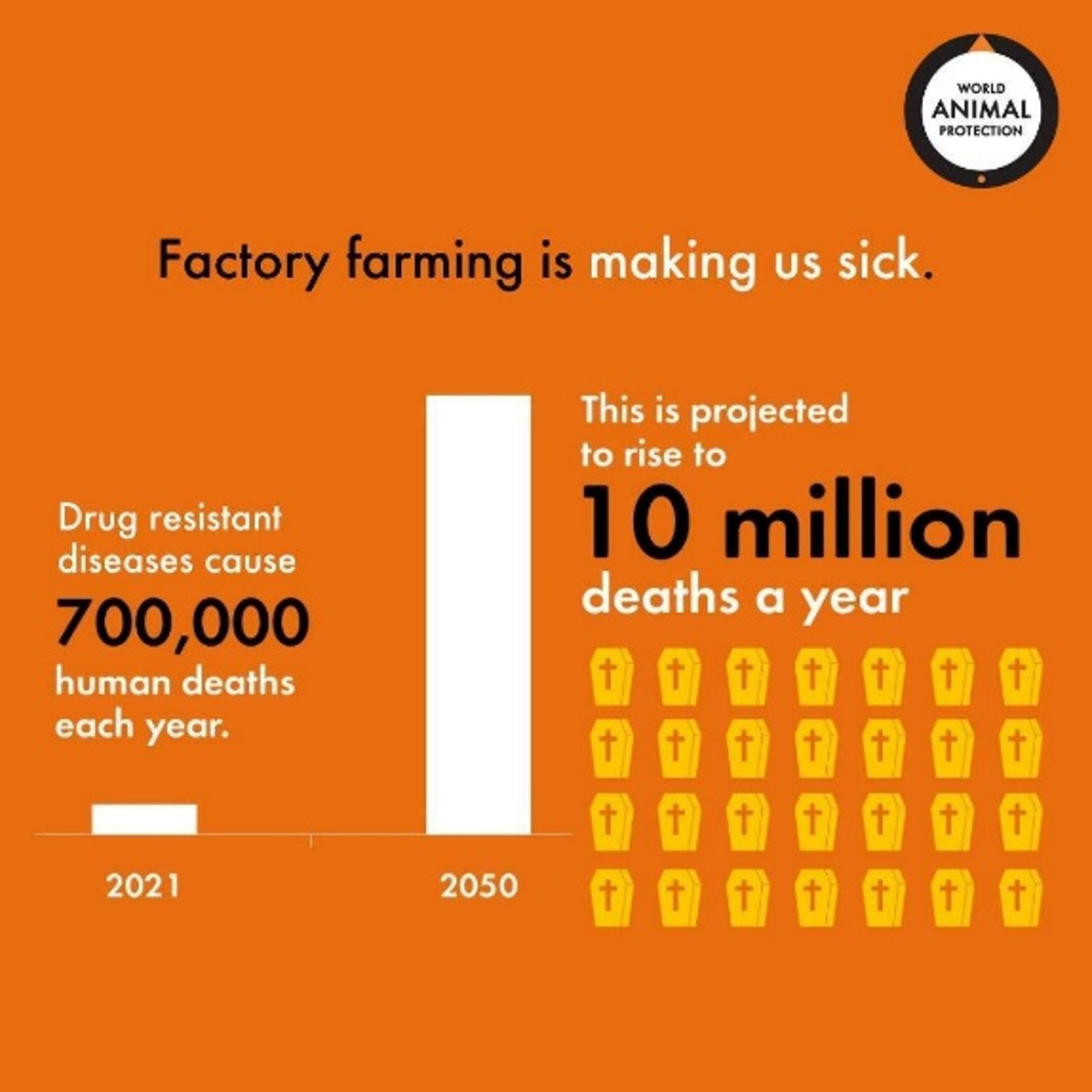
The One Health Approach and environmental impact of intensive animal agriculture: Livestock production contributes significantly to global greenhouse gas emissions, accounting for around 14.5% - 16.5% of total emissions (Ref: 8), according to the FAO. Animal agriculture's expansion drives deforestation, habitat loss, and biodiversity decline. The FAO states that approximately one-third of the world's land and water resources are used for intensive animal agriculture (Ref: 9). Intensive animal farming generates substantial waste, including manure and excess nutrients. Improper waste management can lead to water pollution and the contamination of rivers, lakes, and coastal areas.
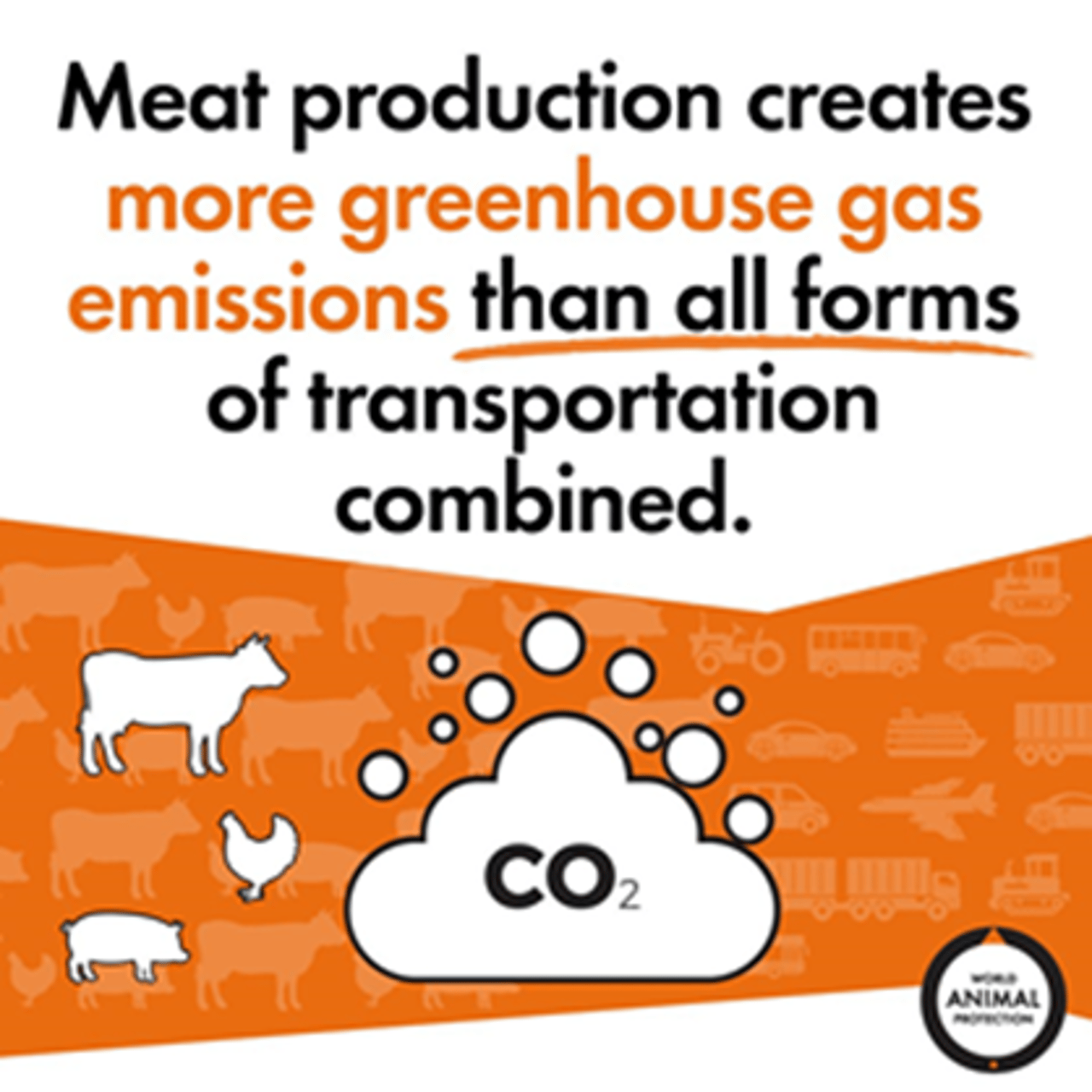
The One Health approach recognizes the interconnections between human, animal, and environmental health. It emphasizes collaboration across sectors to promote responsible antibiotic use, enhance surveillance and monitoring systems, develop action plans (state, national and international) for AMR, and implement strict regulations to prevent antibiotic misuse in animal agriculture.
Zoonotic Diseases and Environmental Change: Environmental changes, such as deforestation, urbanization, and climate change, can increase the risk of zoonotic disease emergence. Alterations in ecosystems, the displacement of wildlife, and illegal and poorly regulated wildlife trade can lead to closer interactions between humans, animals, and disease vectors, facilitating disease transmission.
AMR and Environmental Contamination: The use of antibiotics in animal agriculture can lead to the release of antibiotic residues and resistant bacteria into the environment through manure and wastewater. This contributes to the spread of AMR in environmental settings, including soil, water bodies, and agricultural landscapes. A study published in the journal Science estimated that globally, around 73% - 75% of all antibiotics used are given to animals raised for food production (Ref: 10), highlighting the significant role of animal agriculture in AMR development and dissemination.
Conclusion: Prioritizing farm animal welfare is not only a moral obligation but also essential for safeguarding public health and the environment. By adopting sustainable and humane practices in animal agriculture, we can reduce the emergence of zoonotic diseases and mitigate the risks of antimicrobial resistance.
The reports published by the FAO, WHO, and CDC provide valuable insights and guidance for policymakers, farmers, and consumers in promoting farm animal welfare, protecting public health, and preserving the environment. Recognizing the environmental dimension emphasizes the interconnectedness of farm animal welfare, zoonotic diseases, AMR, and broader ecological and sustainability concerns.
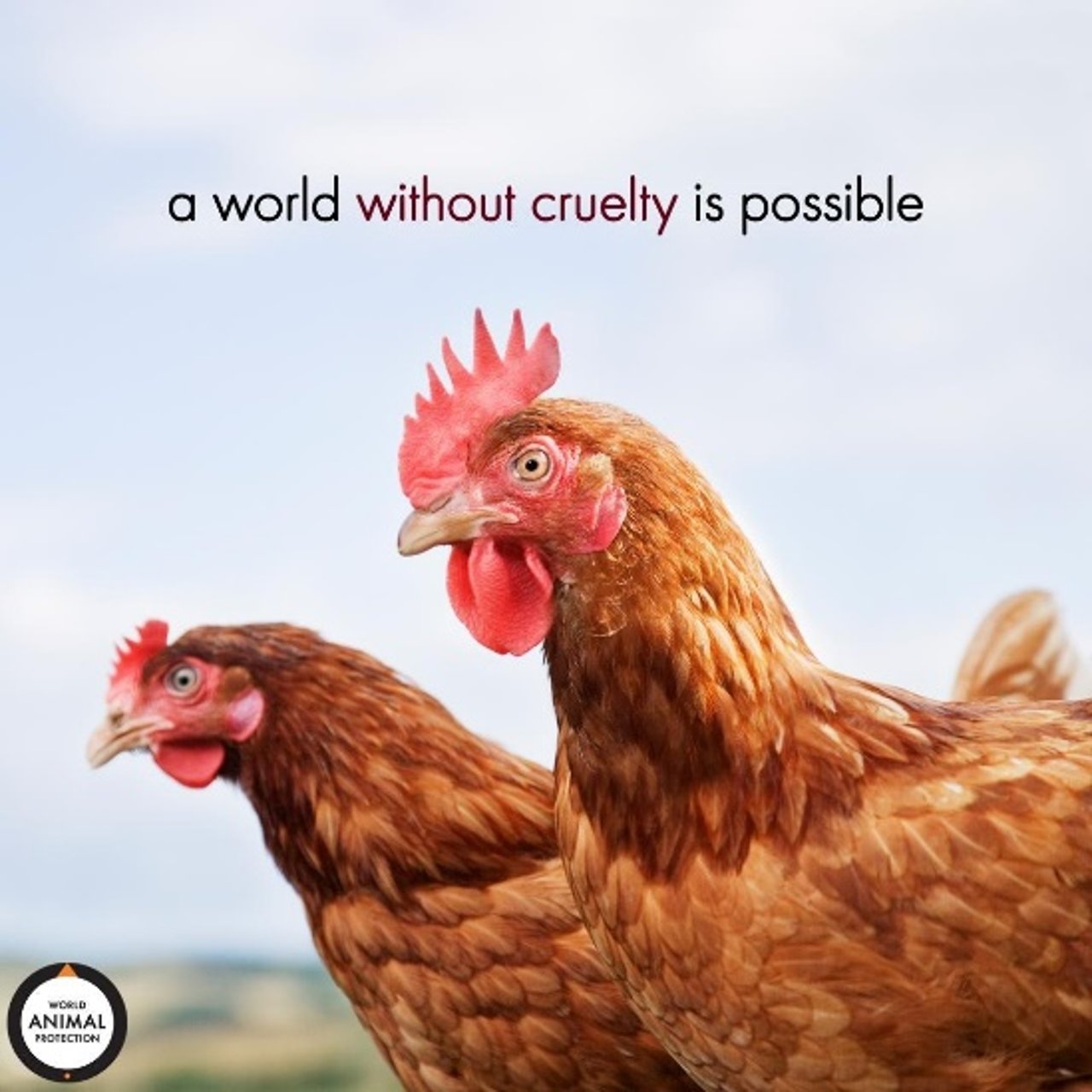
Learn More: Meet Sal the Superbug and Molly the Pig (Antibiotics and Superbugs) - YouTube
Know More: https://buff.ly/3BUeIi3
References: -
Link: https://worldanimalfoundation.org/advocate/how-many-animals-killed-each-year/, Accessed on 14th July 2023 |
Link: https://www.canr.msu.edu/news/an_animal_welfare_history_lesson_on_the_five_freedoms, Accessed on: 14 July 2023 |
|
3 & 4. Centres for Diseases Control and Prevention, Global health protection and Security (28th Feb 2018), Link: https://www.cdc.gov/globalhealth/healthprotection/fieldupdates/winter-2017/prevent-zoonotic-diseases.html , Accessed on 14th July 2023 |
|
5. Lindmeier, Christian (7th Nov 2017), Stop using antibiotics in healthy animals to prevent the spread of antibiotic resistance Link: https://www.who.int/news/item/07-11-2017-stop-using-antibiotics-in-healthy-animals-to-prevent-the-spread-of-antibiotic-resistance, Accessed on 14th July 2023 |
|
6. World Health Organization, World Organization for Animal Health, Food and Agriculture Organization of the United Nations, Global Health Strategies, New report calls for urgent action to avert antimicrobial resistance crisis (29th April 2019) Link: https://www.who.int/news/item/29-04-2019-new-report-calls-for-urgent-action-to-avert-antimicrobial-resistance-crisis , Accessed on 14th July 2023 |
Link: https://www.cdc.gov/drugresistance/pdf/threats-report/2019-ar-threats-report-508.pdf , Accessed on 14th July 2023 |
Link: https://www.fao.org/news/story/en/item/197623/icode/, Accessed on 14th July 2023 |
Link: https://www.fao.org/3/a0701e/a0701e.pdf , Accessed on 14th July 2023 |
Link: https://www.science.org/doi/10.1126/science.aaw1944 , Accessed on 14th July 2023 |
Link:https://www.worldanimalprotection.org.in/sites/default/files/media/FINALTechnicalreportGlobalPublicHealth_0.pdf , Accessed on 14th July 2023 |
Abhishek Talukdar, a Campaign Officer for Animals in Farming at World Animal Protection, India, promotes farm animal welfare